Well it’s happening, I’m now fully down the rabbit hole of B&W film development. It was inevitable really, as I continued to take more photos on film and especially on B&W, that I couldn’t resist trying out development for myself. I think firstly I have to say a massive thank you to Dave Beatty who literally took me into his home to show me how to self-develop my film. Now let’s have a look at a few developers I’ve been using to start my journey:
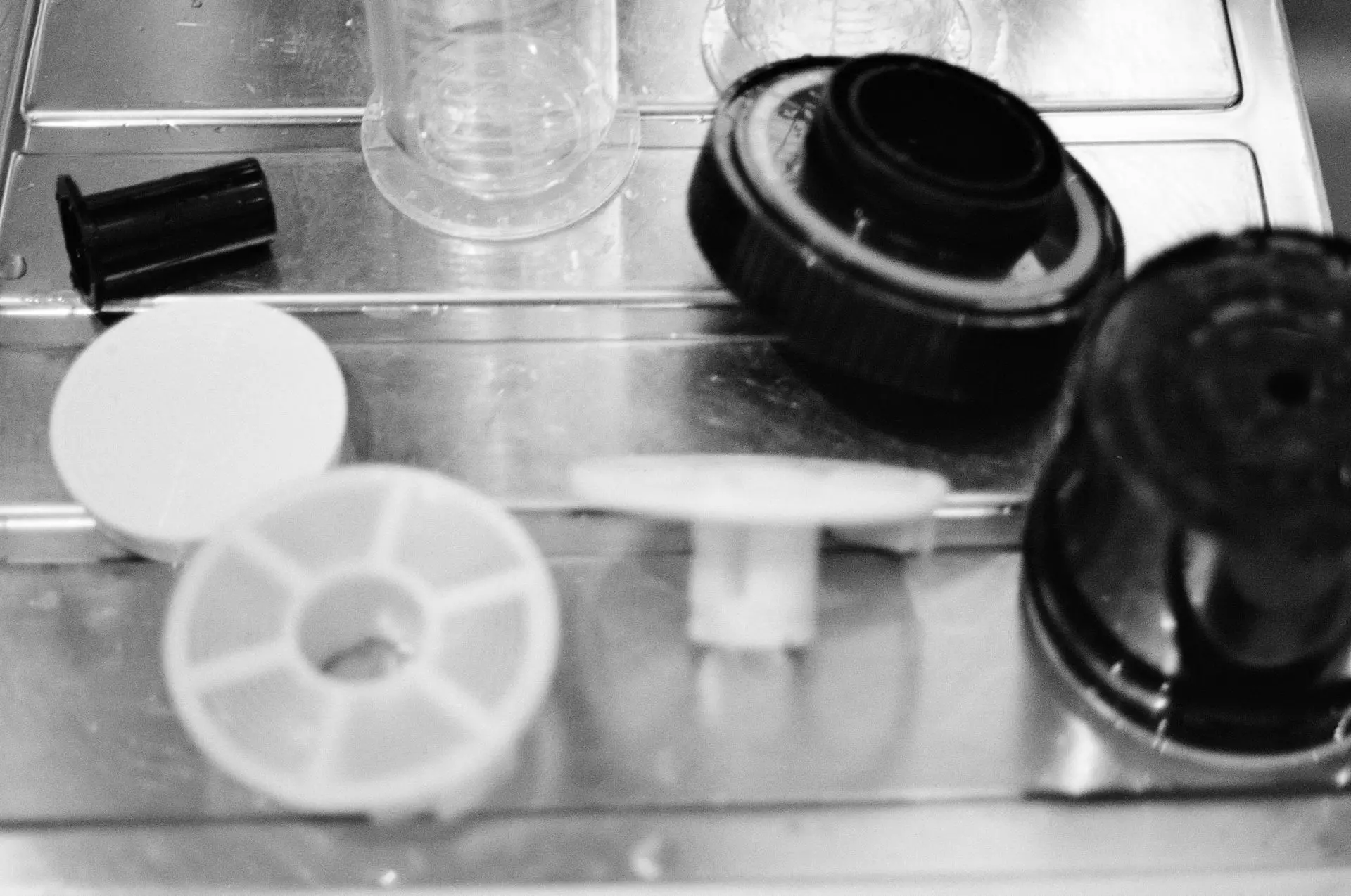
Adox FX-39ii.
This high acutance developer produces sharp, clear images, and is especially good for low ISO films or box speed development. I loved it! It is so easy to use, and produces results that I really like. This was proved by that fact that my inexperienced Dad developed two rolls of Ilford FP4+ in it, having shot a film SLR for the first time in decades!
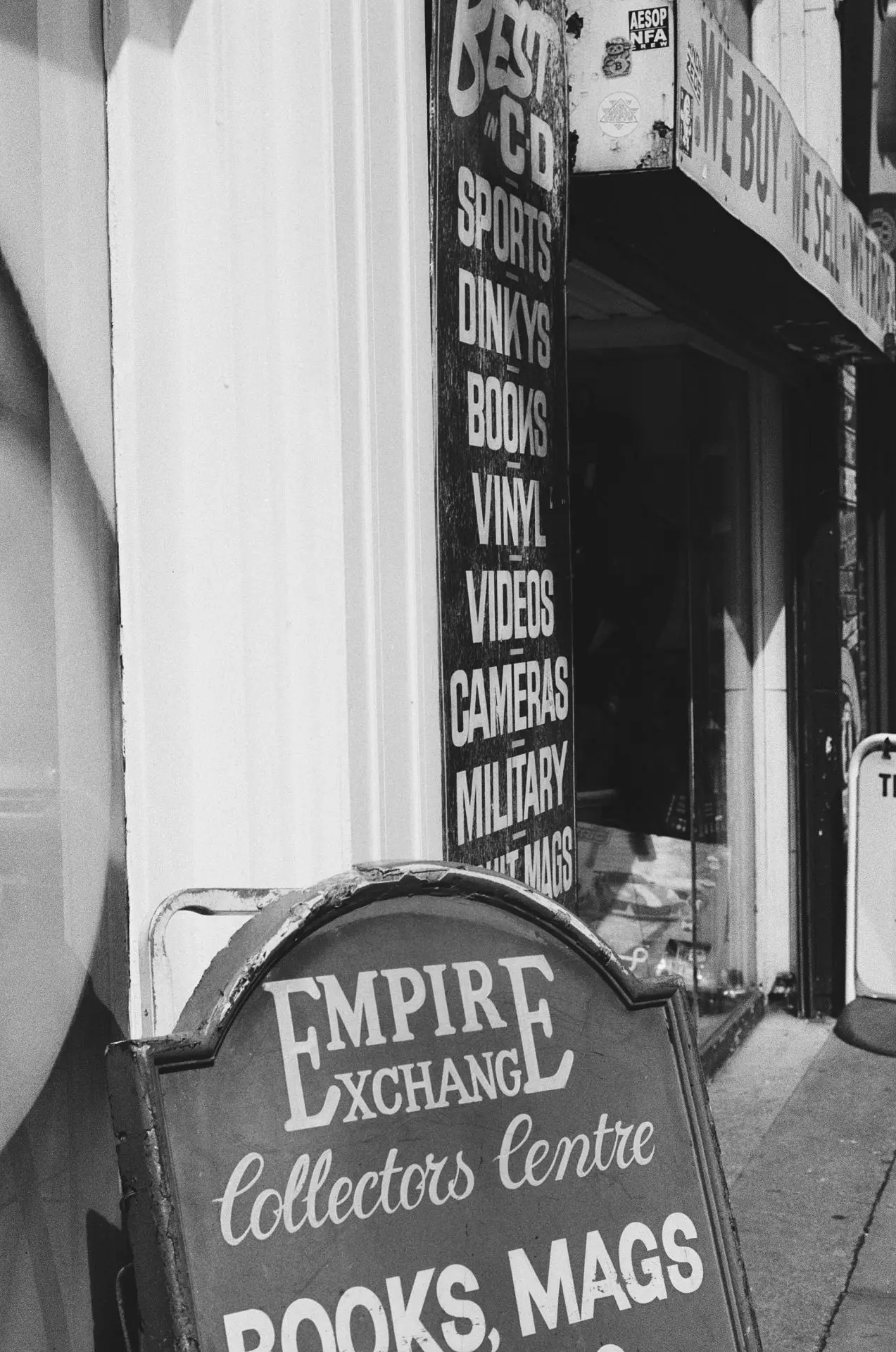
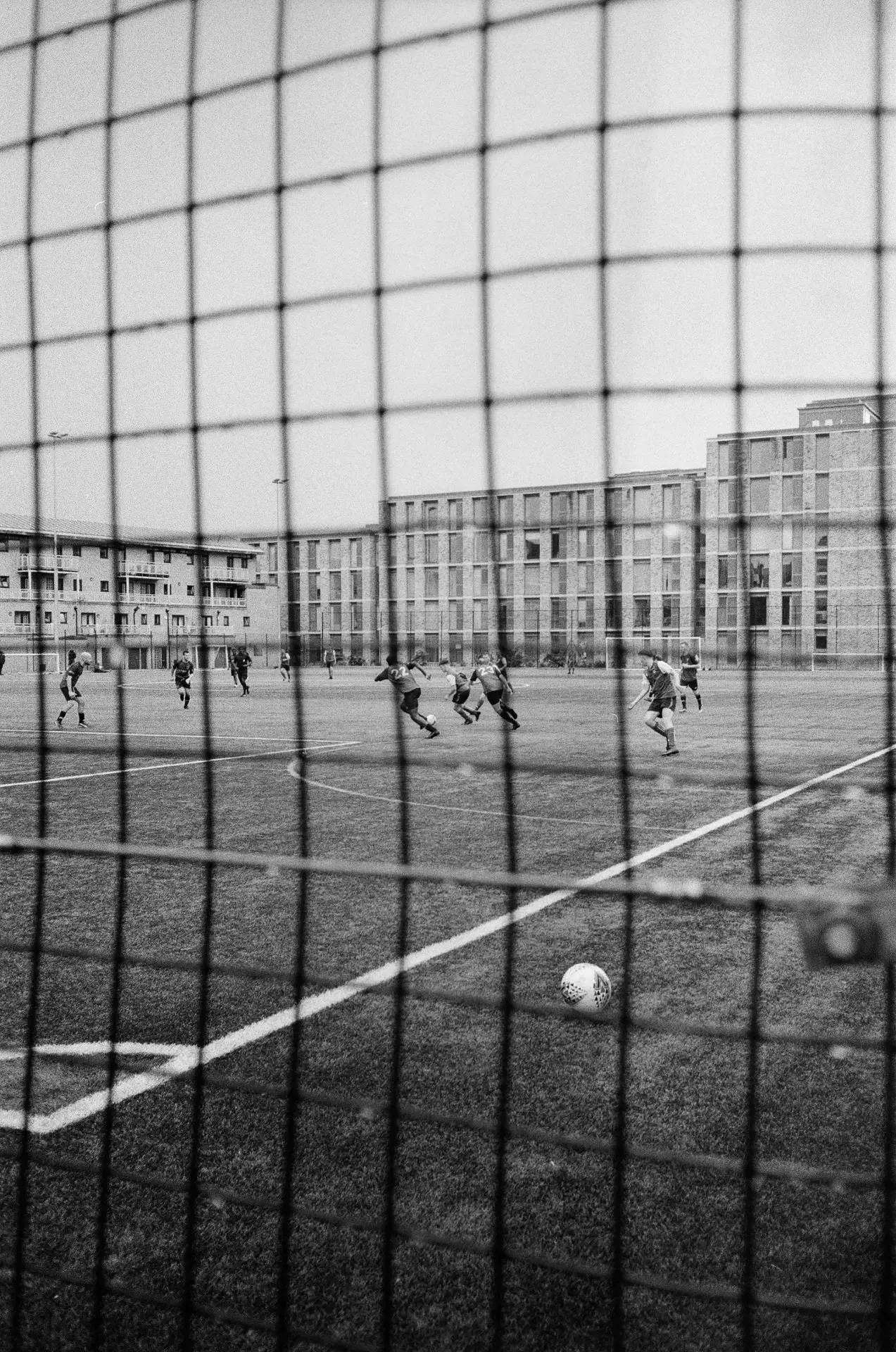
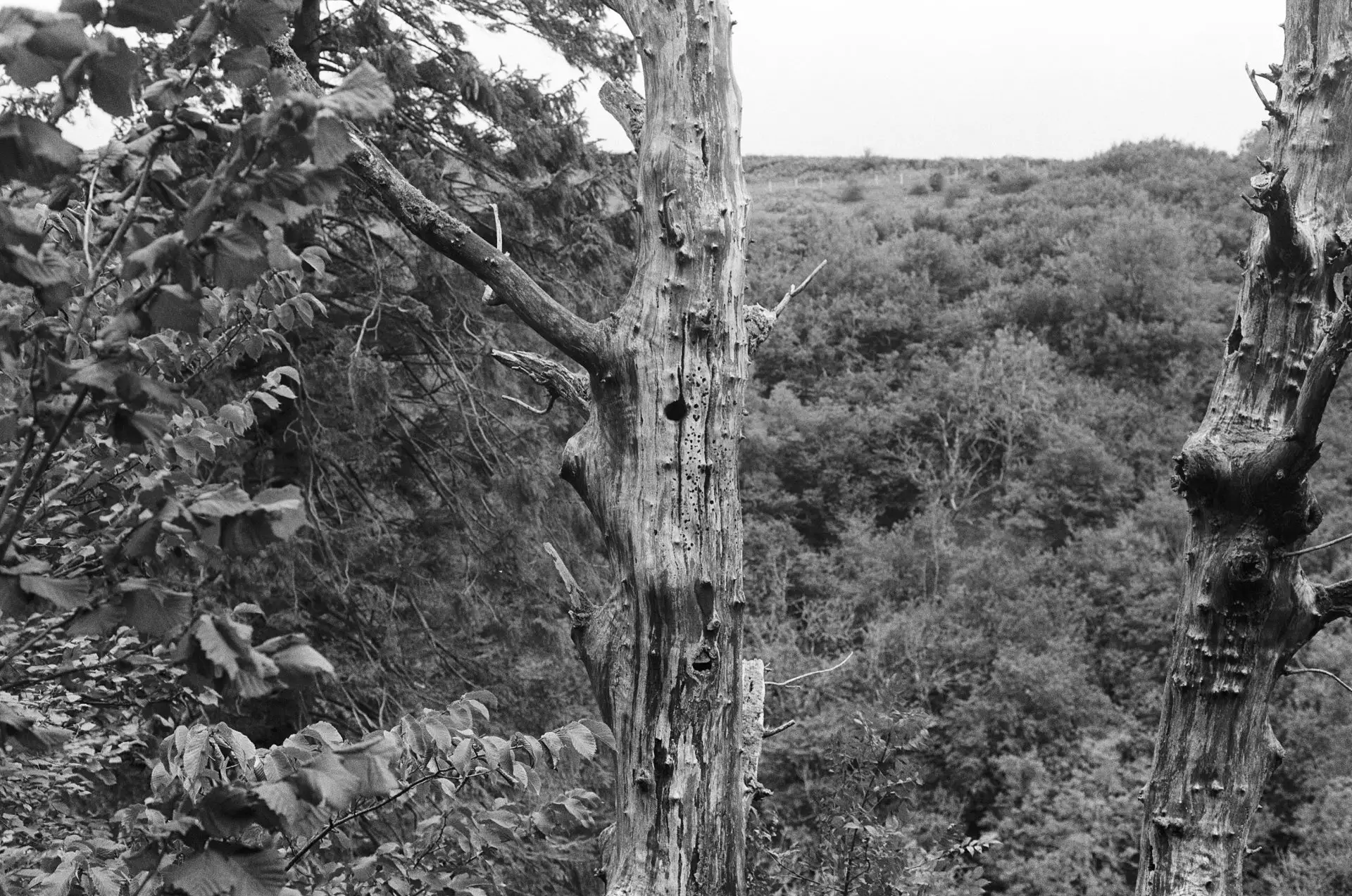
Adox XT-3.
This all rounder is an update to the classic XTOL developer, and it is fantastic for getting the best out of any film (it is also exceptional for push processing apparently!) It is a two-part developer, meaning that you have to mix two bags of chemicals together, one after another. I used the 1L kit so I could keep it compact in a concertina bottle, as there isn’t much room in my flat.
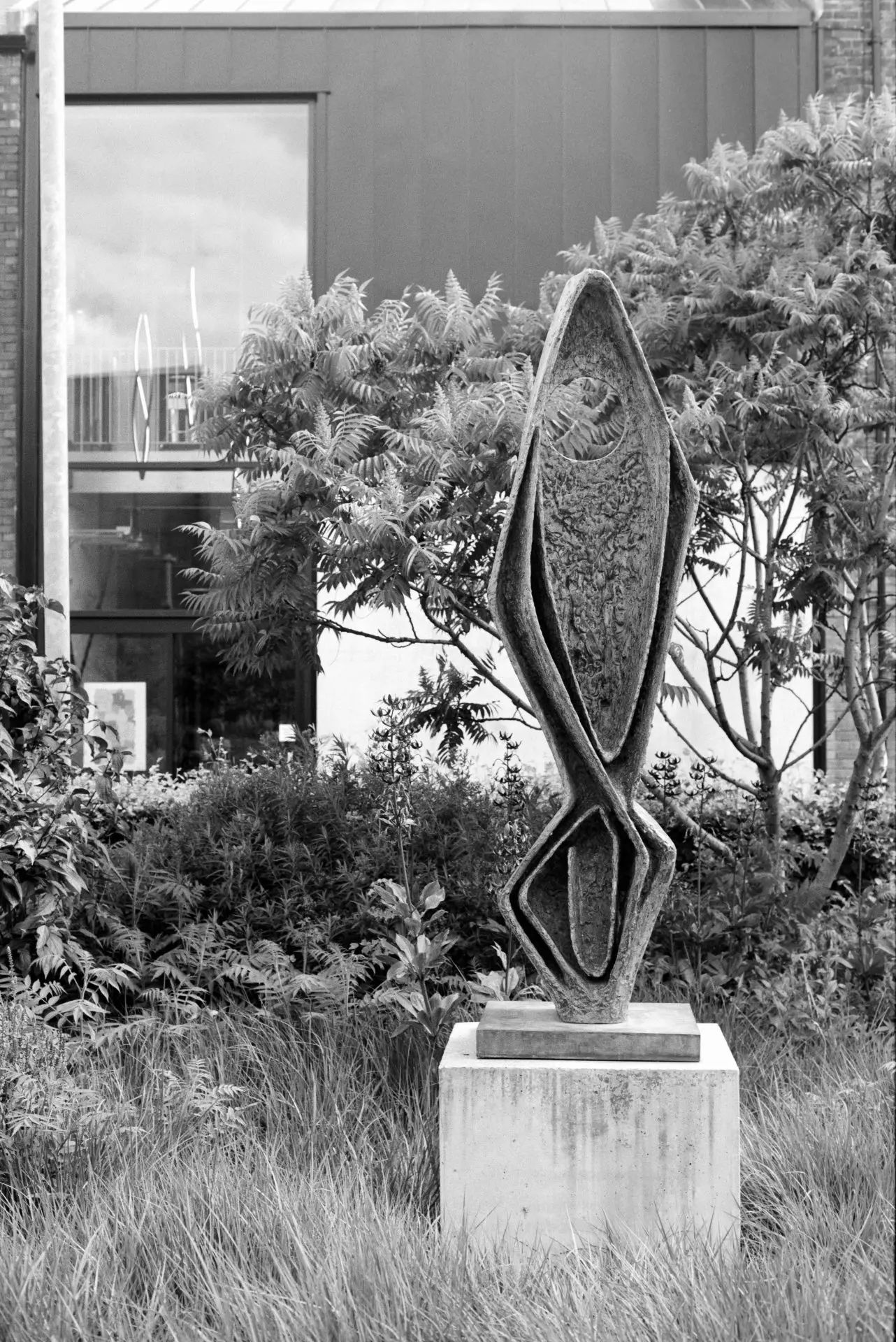
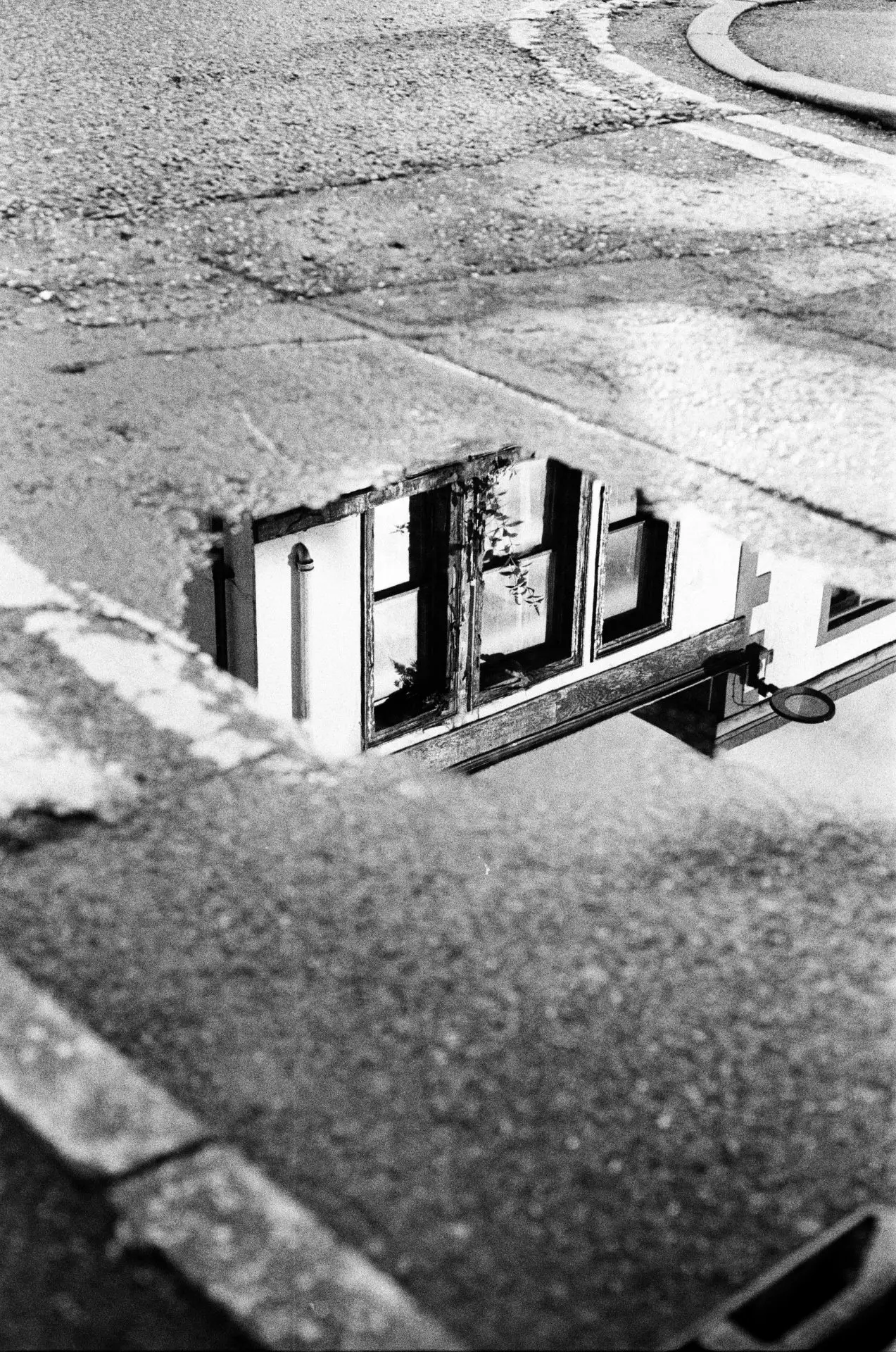
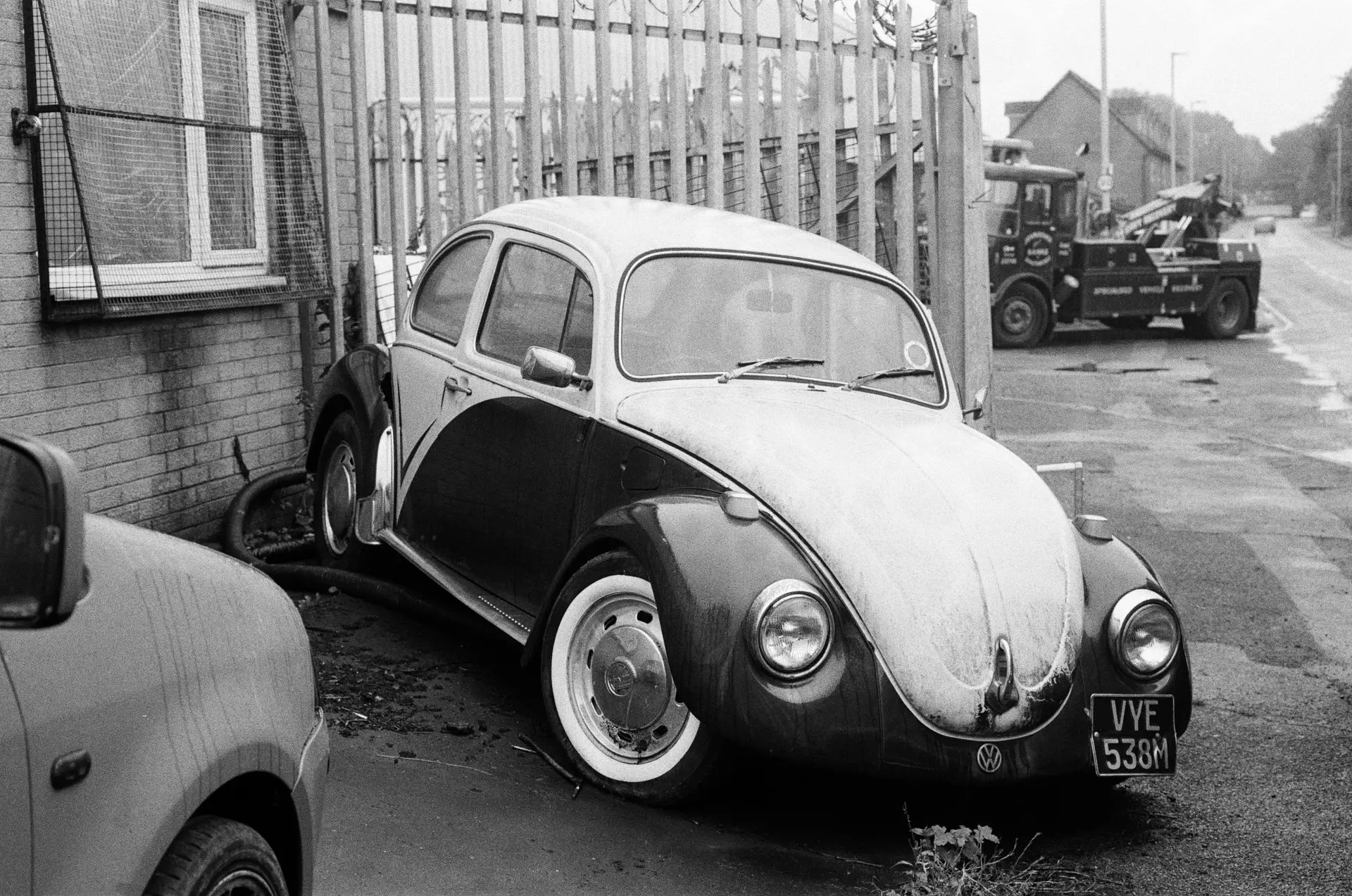
Alongside those two developers, I have been using the Adofix P-II fixer, and their wetting agent too, all brought together with the AP Universal developing tank. I’m sure to be writing more about my journey of film development, as I try and find my own favourite combinations for my photos.
I can tell you that if you are thinking of trying B&W development for yourself, that there is nothing to be scared of! There is a LOT of information on the manufacturer’s websites, and apps like ‘Massive Dev Chart’ can make the whole process less stressful. Don’t get me wrong, it can be daunting to try something new, especially with your own precious photos, and I’ve certainly made some mistakes (another story!) but it’s worth it. I’ve been loving the process of developing B&W at home, and I look forward to sharing more about it in the future!
How did you get started with B&W developing? Have you wanted to try it, if so, what’s holding you back? Let us know in the comments below.
All photos were developed by myself, and then scanned by the good folks at Come Through Lab in Ancoats, Manchester. Find them on Instagram here: @comethroughlab
Thanks for reading, and if you live, work, or are from the North West of England and are shooting film, then check out North West Film Photo on Instagram. I look forward to sharing more of my photos and experiences with this community soon, in the meantime you can find me on Instagram here: @tedayre
Share this post:
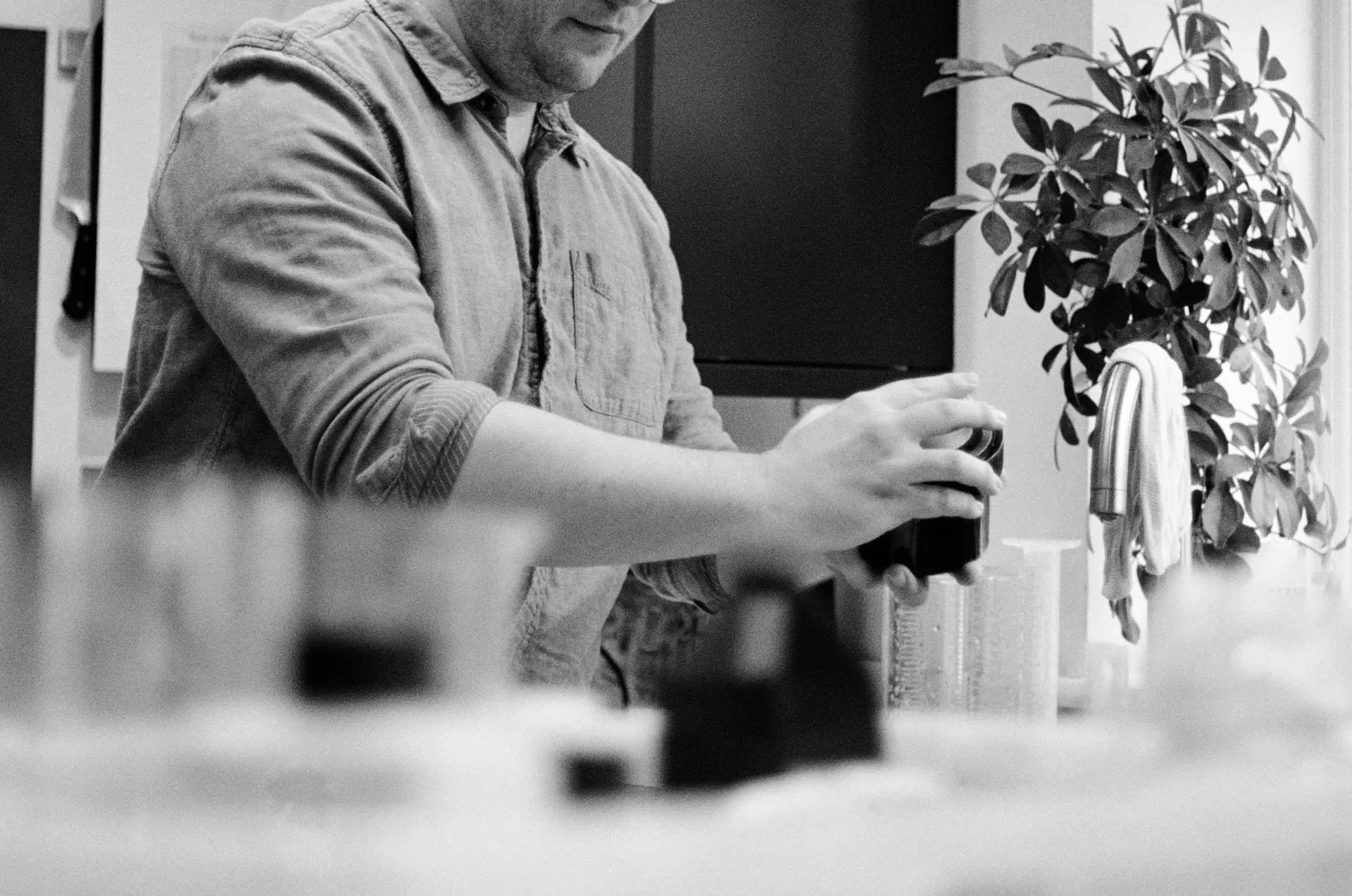
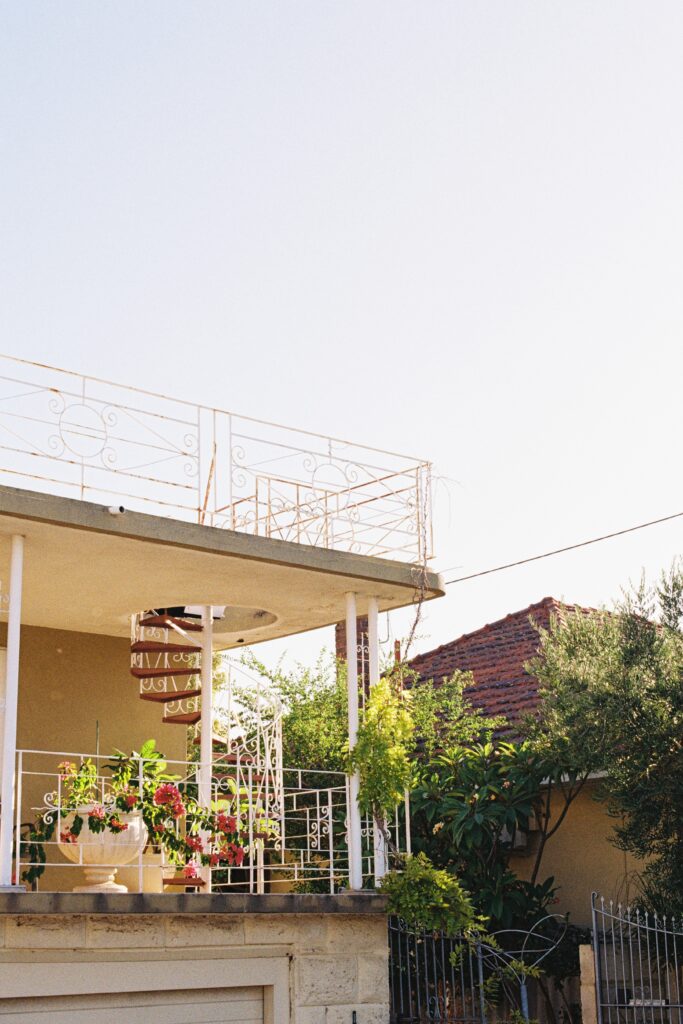
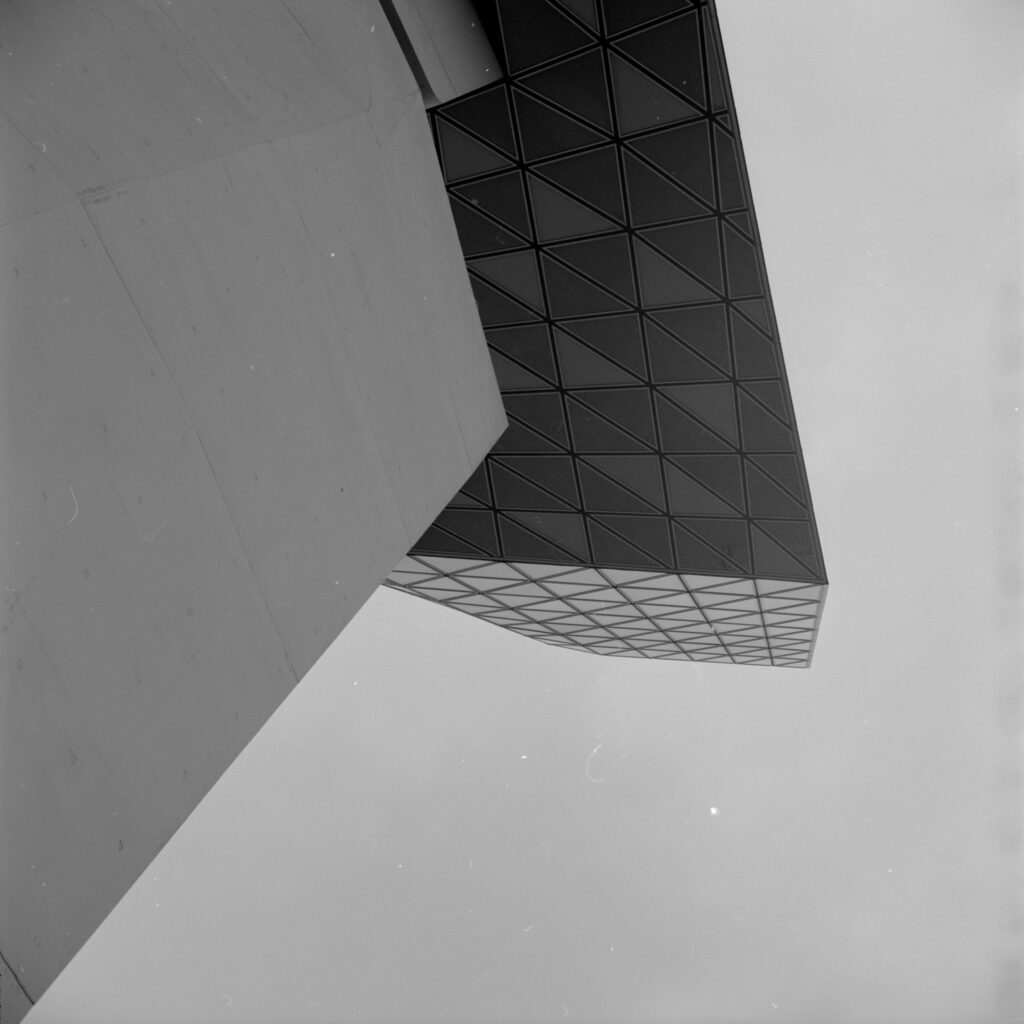
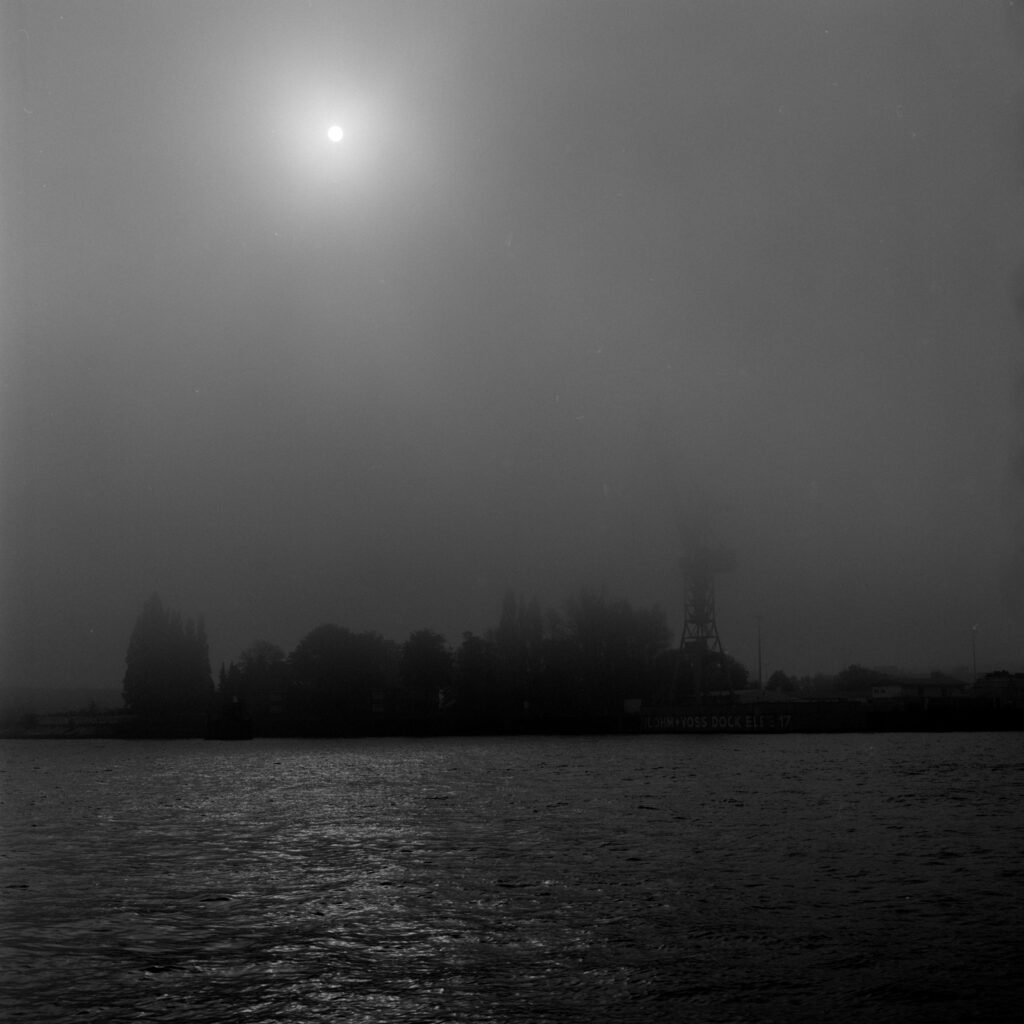
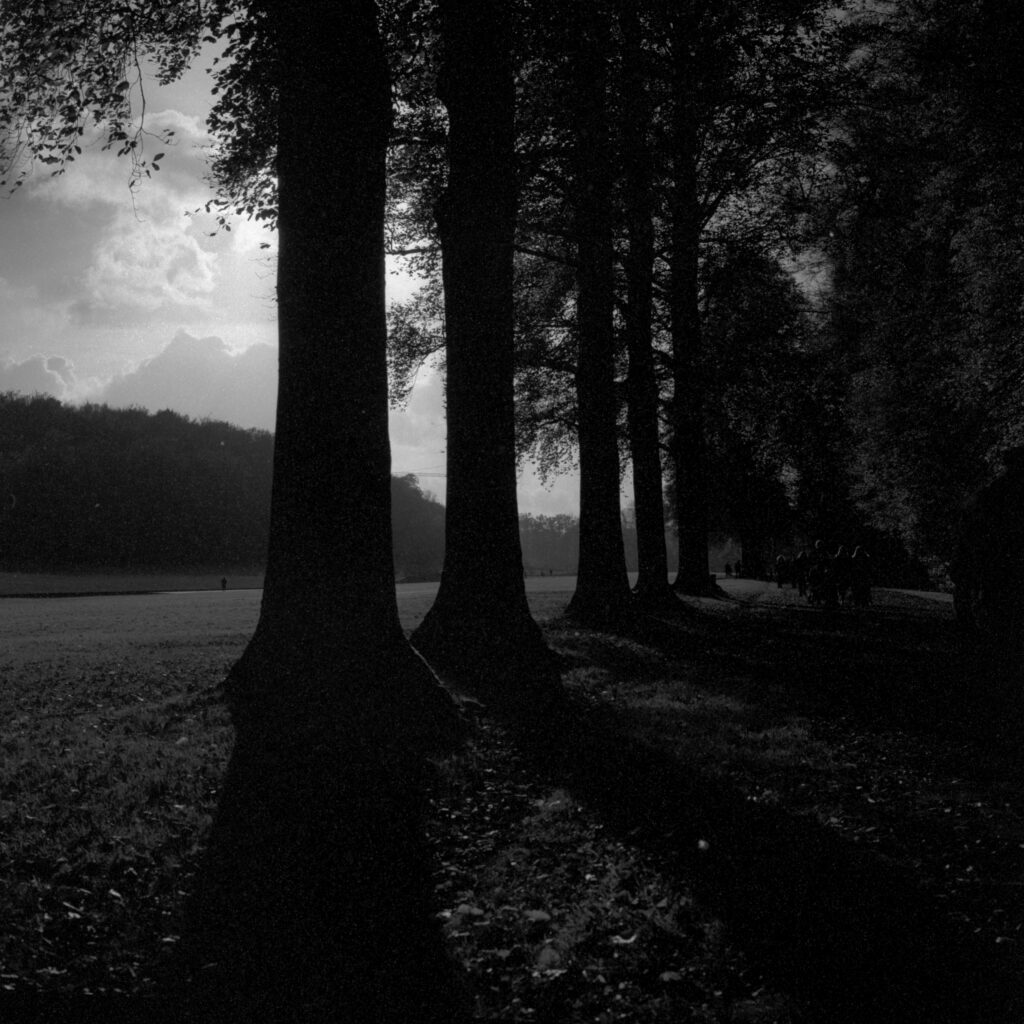




Comments
Bob Janes on Easing into Home Development
Comment posted: 01/10/2023
Comment posted: 01/10/2023
Ken on Easing into Home Development
Comment posted: 01/10/2023
Comment posted: 01/10/2023
DANIEL J CASTELLI on Easing into Home Development
Comment posted: 01/10/2023
I like the puddle reflection photo. I had an aunt who used to think that puddles housed hidden worlds that we could only see through the reflections.
I got my first camera in June of 1970. When I started community college, we formed a camera club and talked a forensic photographer into being our advisor. He taught us how to develop black & white film and make enlargements. The approach was simple (Tri-X, D-76.) Making enlargements on a sole Omega B-22 (Kodak Medalist paper & Dektol.) We thought we were kings & queens of visual art. Looking back at my old stuff, I realized we were terrible. But we had fun.
Since 1970, every apartment & house I've lived in has had a darkroom. They may have been in closets, or bathrooms, but I always had a darkroom. You see, I've never stopped developing my film and making enlargements in 52 years. It's still magic to me.
Today, I have a 6x8 darkroom in our basement. Light years away from the B-22 (still a capable enlarger!) I try and get into the darkroom at least once a week. I wave goodbye to my wife and disappear for about two hours. At 72, I still get excited when I unspool a roll of film and see the results. I just printed the B&W negs from our trip to London in 2022, and I remember the circumstances from each print I make.
Continued good luck with your work.
Dan
Comment posted: 01/10/2023
Bill Watts on Easing into Home Development
Comment posted: 01/10/2023
By the time I was 10 he had bought a developing tank (Essex daylight loading type) and a Durst RS 35 Newporter enlarger.
I was hooked and we ran through a number of cameras including a couple of Retinas, a Ried III and a Leica IIIf.
Black and White photography using FP 4 and HP 4 with Acutol developer.
Time passed and for my 21st birthday Dad bought me an Olympus OM-1.
Still carried on with the b & w, but branched out into Ektachrome transparencies as they were cheaper to process than print film at the time. As a result I started Cibachrome processing with the same enlarger.
I moved into digital in 2000 with an Olympus E-10 and have had several digital cameras up to my current OM-D E-M1.
I kept my OM-1 and added an OM 2sp and a brace of OM-4s keeping shooting various films as and when. As it got more difficult to get film processed I started processing my own E-6 in a Jobo processor (CPE 2 ) and have now moved onto C-41 processing as well with Tetenal and Cinestill process chemicals
I am 67 and still processing
Comment posted: 01/10/2023
Geoff Chaplin on Easing into Home Development
Comment posted: 02/10/2023
Comment posted: 02/10/2023
Peter Kay on Easing into Home Development
Comment posted: 02/10/2023
Fellow Northerner here (Lancaster). Developing is a rabbit hole! I came to film from digital a few years ago and just love it. I have a nice, varied camera collection (Contaflex, folding retinas, Fed3, Pentax KX etc.) That keeps me smiling. Regarding developing, my initial plan was to use Caffenol (and I still do, it's excellent) but I soon invested in ID-11. This is a powder developer that gives excellent results. I used it stock where you reuse it up to ten times, adding 10% to the time each roll. I loved it but it does die suddenly. Then I tried Bellini Euro HC, their version of Kodak HC110. It is superb if a little less contrasty. It doesn't accentuate grain like Rodinal but that means it may not be quite as sharp. Once my bottle ran out I went onto the Kodak version. Big mistake. The Kodak one is thicker and my results were just not as good. I ended up with thin negative after thin negative as I tried to get to the bottom of it. It was all down to handling. The bottle needs shaking before use, the jollop is best measured with a syrynge, the dilution needs a good stir because it doesn't instantly mix and it benefits from the Kodak Agitation scheme (1min then 4-5 every 30secs). Once nailed you have a developer that is tremendous with expired film as it helps with the base fog. Theres also a really good free app on android. Rodinal. You need this on your shelf. It lasts forever and Rodinal Stand or semi-stand development is the magic bullet. It does a tremendous job with everything from 1990s fp4 to pushed modern film. At lower dilutions it isn't to everyone's taste but you will always be able to find a dev time because it has been around forever. FX-39 I love this stuff too, so much. Fomapan 200 is brilliant in it but it isn't easy to find.
See, rabbit hole :) regarding scanning, I have a macro lens on my DSLR, that sits on my tripod. The film is held by one of Hamish's Pixl-latr, the cheapest option out there, and its brilliant. I also bought a set of Forster 35mm and 120 guides (also available here), they are excellent and 100% recommended. The light source is an old iPad. It works a treat. TOP TIP. To make sure your camera is perpendicular, place a flat mirror on the light source. When you look through the viewfinder you should be able to see a reflection of the lens in the centre. Keep experimenting and always wear gloves. I didn't and got some very odd skin issues, they're OK now though
Peter
Comment posted: 02/10/2023
Ndh on Easing into Home Development
Comment posted: 02/10/2023
A Paterson tank is just a gateway drug. Just wait until you set up a darkroom and watch your first print appear in the tray of developer under the red safelight...
Comment posted: 02/10/2023
Bradley Newman on Easing into Home Development
Comment posted: 05/10/2023